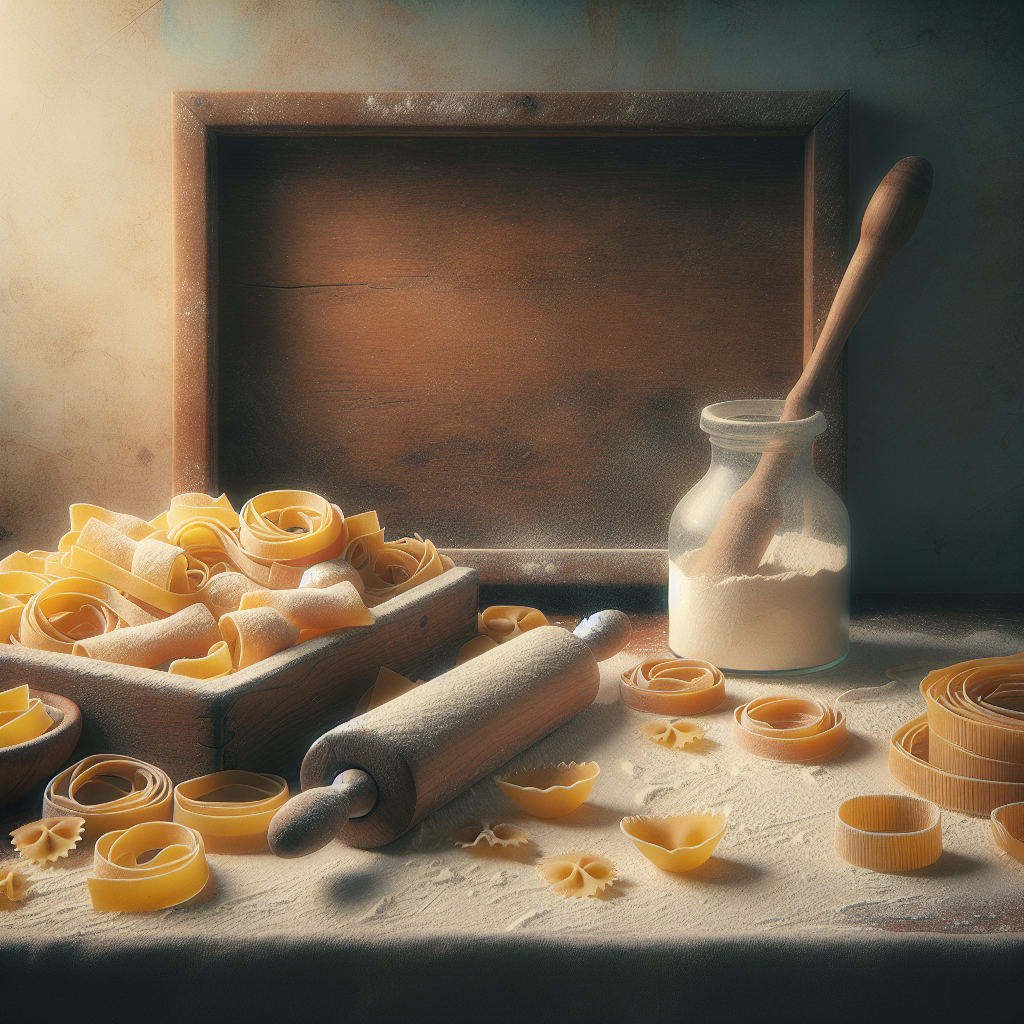Mastering the Art of Chewy Pizza Dough: Recipes and Tips
Creating a delicious homemade pizza starts with the dough. A chewy crust recipe elevates your pizza to a whole new level. In this article, we’ll introduce you to the basics of crafting a chewy pizza dough. We’ll detail every step for a memorable culinary experience.
Index
– The Importance of a Chewy Pizza Crust
– Key Ingredients for a Chewy Pizza Dough
– The Art of Crafting a Chewy Pizza Dough
– Baking Your Perfect Pizza
– Expert Tips for the Best Chewy Pizza
– FAQs about Chewy Pizza Dough
– Get Creative with Leftover Dough
The Importance of a Chewy Pizza Crust
A chewy pizza crust recipe highlights your pizza’s foundation of flavor and texture. Why is the crust so crucial? It supports the toppings and contributes to the overall taste. A good pizza starts with a good dough.
Many pizza lovers agree that a chewy pizza crust recipe brings unique satisfaction. It offers a textural contrast that complements a variety of toppings. A well-made dough supports the magic of flavors and ingredients.
Key Ingredients for a Chewy Pizza Dough
Creating the best chewy pizza dough begins with selecting the right ingredients. Understanding the role of each component is key to mastering how to make a chewy pizza dough.
- Flour: Bread flour has a higher protein content than all-purpose flour. This protein is crucial for developing the elasticity and chewiness in the dough.
- Water: Use warm water to activate the yeast. It should not exceed 105ºF, as high temperatures can kill the yeast.
- Yeast: Active dry yeast is recommended. Make sure it’s fresh to ensure proper dough rise.
- Salt: Enhances flavor and controls yeast’s activity in the dough. Fine or kosher salt works well.
- Olive Oil: Adds elasticity and flavor while preventing sticking during the dough preparation process.
- Rice or Semolina Flour: Ideal for sprinkling on the pizza peel to prevent sticking when transferring the pizza to the oven.
The Art of Crafting a Chewy Pizza Dough
Understanding how to make a chewy pizza dough involves patience, practice, and love. Let’s dive into a step-by-step guide to create the perfect dough.
- Mixing the Dough: In a stand mixer, combine flour, water, yeast, salt, and olive oil. Knead on low speed until the mixture forms a cohesive ball. Allow it to rest for 15 minutes.
- Kneading to Perfection: Continue kneading on medium-low speed for 8-10 minutes. The dough should be soft and smooth by the end.
- Fermentation: Place the dough in a lightly oiled bowl and cover it. Refrigerate for 12 to 24 hours, allowing flavors to develop and the dough to rise appropriately.
- Shaping: Remove the dough from the fridge about an hour before baking. Divide into portions and shape each into circles on a floured surface. If the dough resists stretching, let it relax for a few minutes.
Baking Your Perfect Pizza
Successful baking is the final step in mastering a chewy pizza dough recipe.
- Preheat the Oven: Aim for maximum temperature, preferably around 500ºF. Place your baking stone or steel inside to heat for at least 30 minutes.
- Shape and Top: Flatten the dough ball into the desired size. Keep the edges slightly thicker to ensure a chewy crust. Add your choice of sauce, cheese, and toppings.
- Bake to Perfection: Transfer the pizza onto the hot stone and bake. Keep an eye on the crust’s color, removing it once it’s golden and the cheese has melted.
For a more authentic experience, using a hot pizza stone can enhance results. Consider trying a specially designed chewy pizza dough recipe to explore different texture profiles.
Expert Tips for the Best Chewy Pizza
- Hydration Matters: A dough with around 75% water content encourages a chewier, airy structure.
- Slow Fermentation: Allow the dough to ferment slowly for deeper flavors, up to 72 hours in the refrigerator.
- Monitor Dough Temperature: Keep the dough cool when kneading and shaping. If too warm, gluten can develop fast, causing difficulty.
- Avoid Overloading Toppings: Keep a balance with sauce and additional ingredients for even cooking and enjoyable pizza.
- Handling and Stretching: Wet your hands to easily manage the sticky dough without altering its hydration balance.
FAQs about Chewy Pizza Dough
What makes a pizza dough chewy?
It’s all about the flour’s protein content. Bread flour is perfect due to its higher protein level. The interactions during kneading develop gluten, contributing to chewiness.
Can pizza dough be frozen?
Yes, portion the dough and store it in airtight bags. Pizza dough can be frozen for up to a month without losing quality. This ensures you always have dough ready.
What can I make with leftover dough?
Besides pizza, chewy dough serves as a versatile base. Enhance simple meals with garlic breadsticks or other baked goods.
Get Creative with Leftover Dough
Leftover chewy pizza dough offers endless possibilities, connecting taste to creativity. Experiment with creating other recipes, such as:
– Garlic Breadsticks: Roll the dough into strips, brush with butter, season with garlic, and bake.
– Focaccia Flatbreads: Incorporate herbs and olives, baking for a delicious side dish.
– Calzones: Stuff with cheese and fillings, then bake until golden brown.
– Sweet Variations: Use the dough as a base for cinnamon rolls or other sweet treats.
To explore more pizza and dough variations, check out our detailed instructions here.
Enjoy the chewy texture resulting from carefully crafted dough. This staple pairs well with varied toppings tailored to your mood or theme. From traditional margherita to adventurous combinations, a good chewy pizza dough recipe is a reliable ally in pursuit of pizza perfection.
Creating your own dough might seem daunting, but practice makes perfect. Remember, the journey of mastering those chewy pizza crust recipe techniques reflects in the delightful taste every time you share your creation. Have fun, and happy pizza making!



